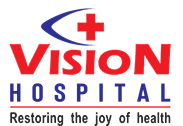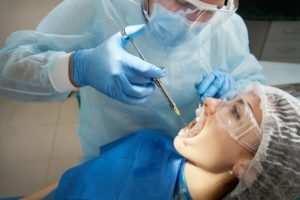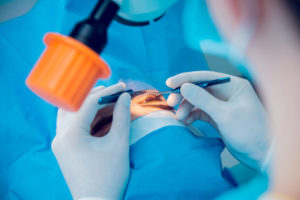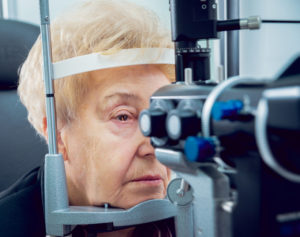MAC essentially comprises of three basic components: A safe conscious sedation, measures to allay patient's anxiety, and effective pain control
This service (MAC) results in less physiologic disturbance and a more rapid recovery than general anesthesia. MAC is suitable for day care procedures as it helps in fast tracking.

The standard of care is essentially the same as that for general or regional anesthesia, and includes a proper preanesthetic checkup, standard intraoperative monitoring, and routine postoperative care.
MAC includes support of vital functions, management of possible intraoperative problems, and provision of psychological support. Monitoring comprises continuous communication with the patient, observation of parameters such as oxygenation, ventilation, circulation, temperature, as well as vigilance for local anesthesia toxicity.
Sedation is a continuum, which ranges from minimal (anxiolysis), to moderate (also called conscious sedation, where the patient remains asleep but is easily arousable), to deep sedation (where the patient can be aroused only by painful stimuli).
A provider of MAC has to be qualified and skilled to rescue an airway or convert to general anesthesia if the situation demands. Hence, MAC is essentially an anesthesiologist led service.
Examples of procedures best done under MAC
- Surgical procedures done under Local Anaesthesia like eye surgery including cataract and retina surgery,dental procedures etc
- Endoscopic procedures like gastroduodenoscopy,colonoscopy
- Painful diagnostic or treatment procedures like biopsies,bone marrow aspiration,change of dressings etc
- Special situations such as sedation required during Radiological procedures like X-ray and Ct scan and administration of drugs in the Radiological Unit



